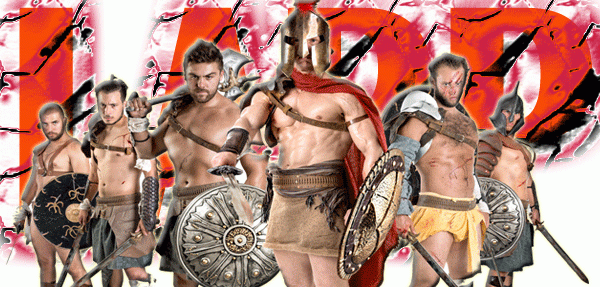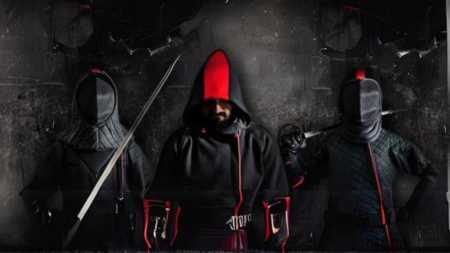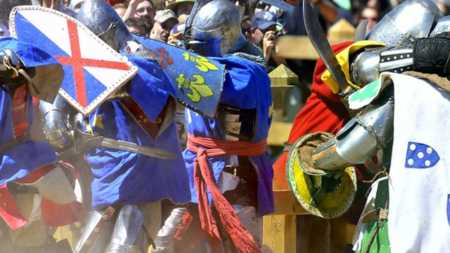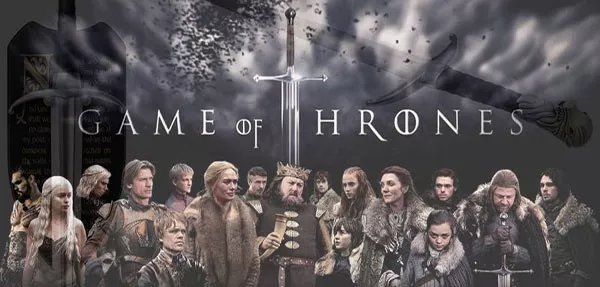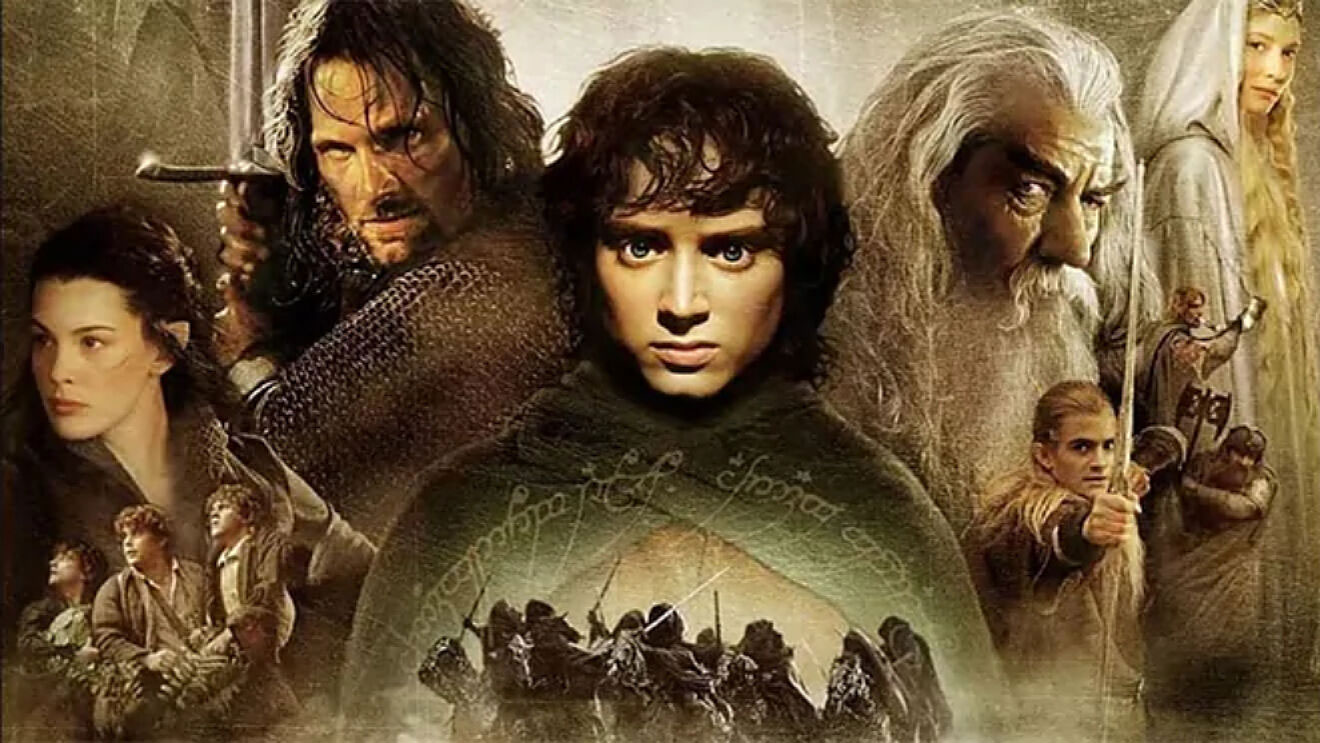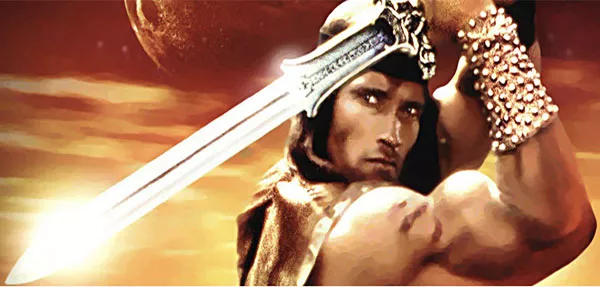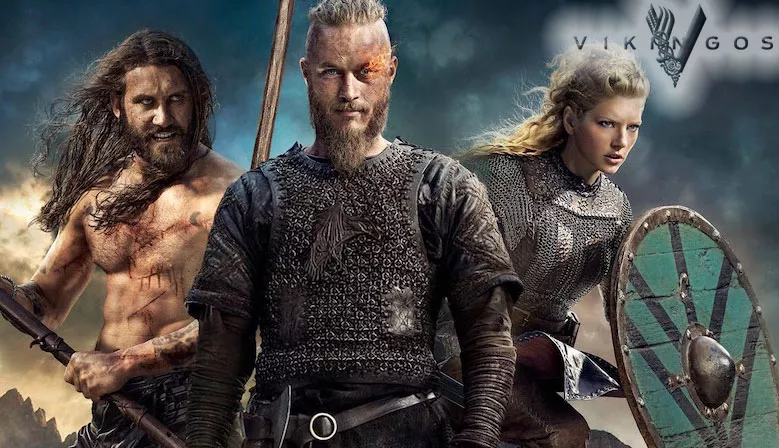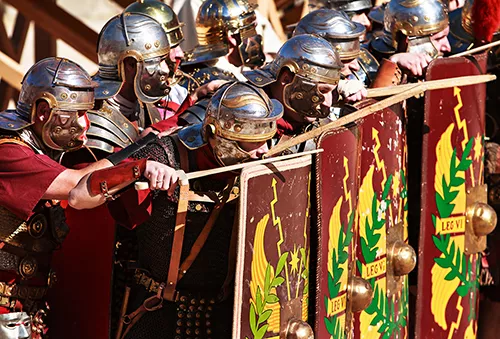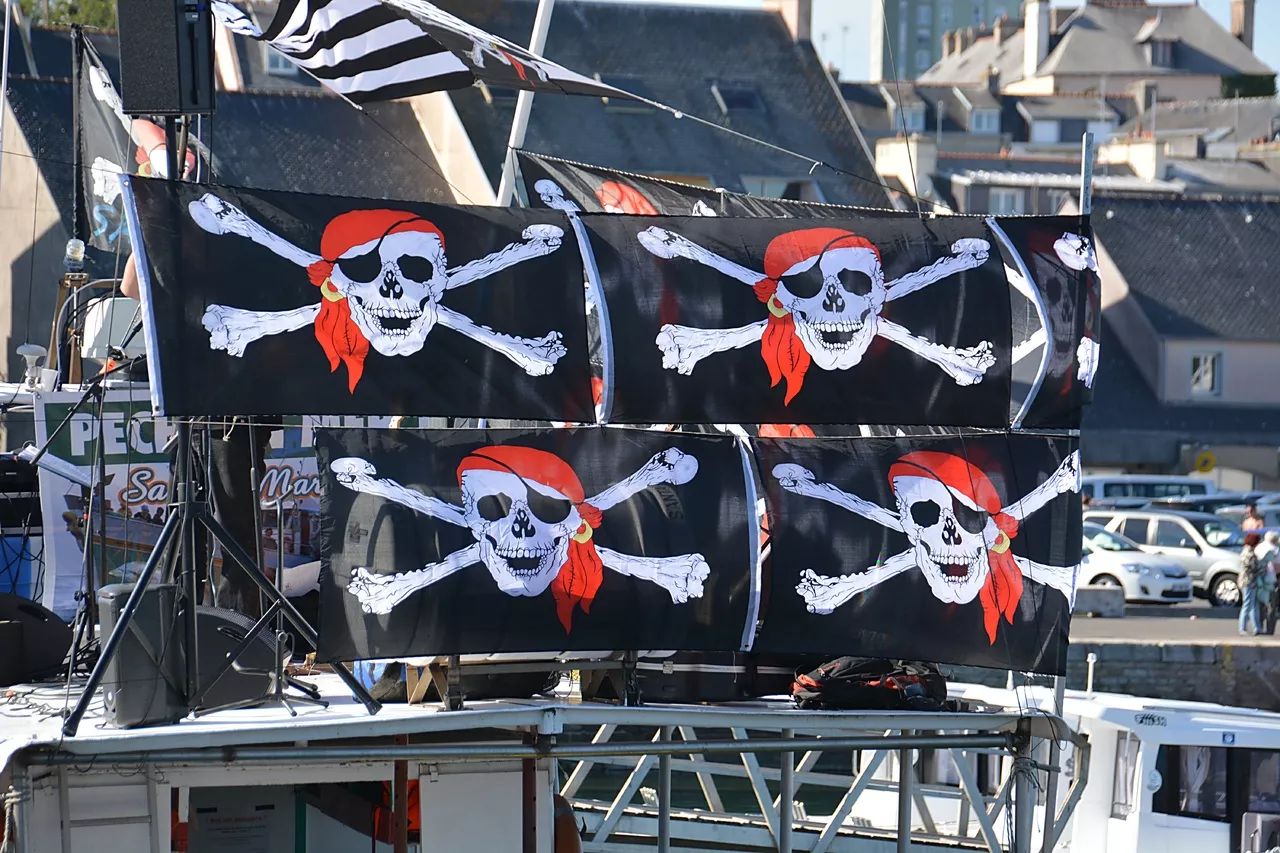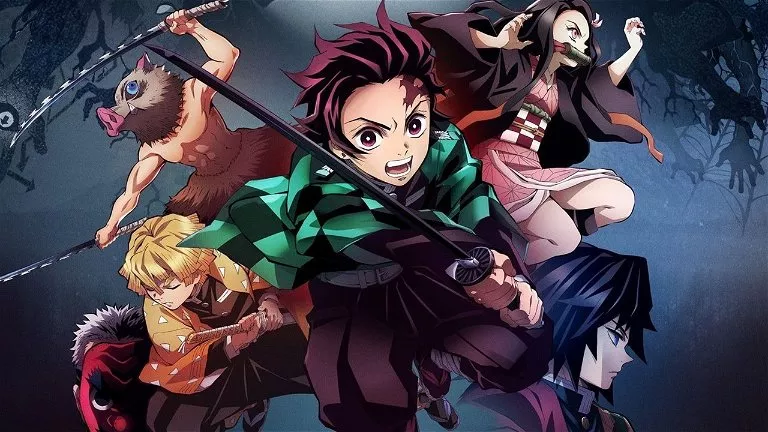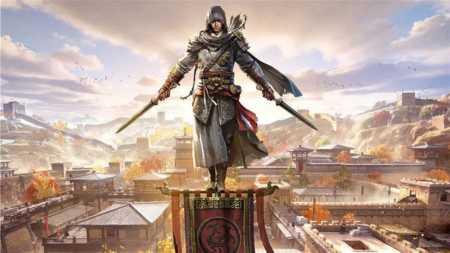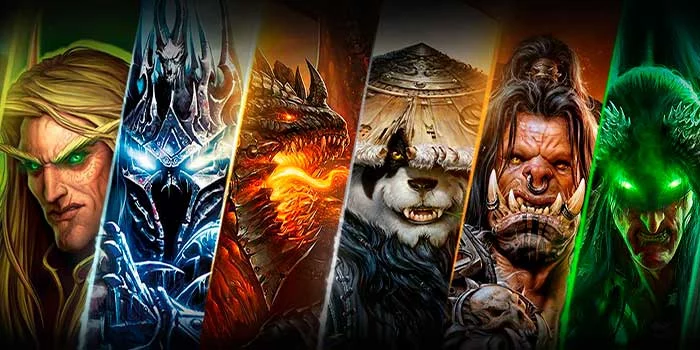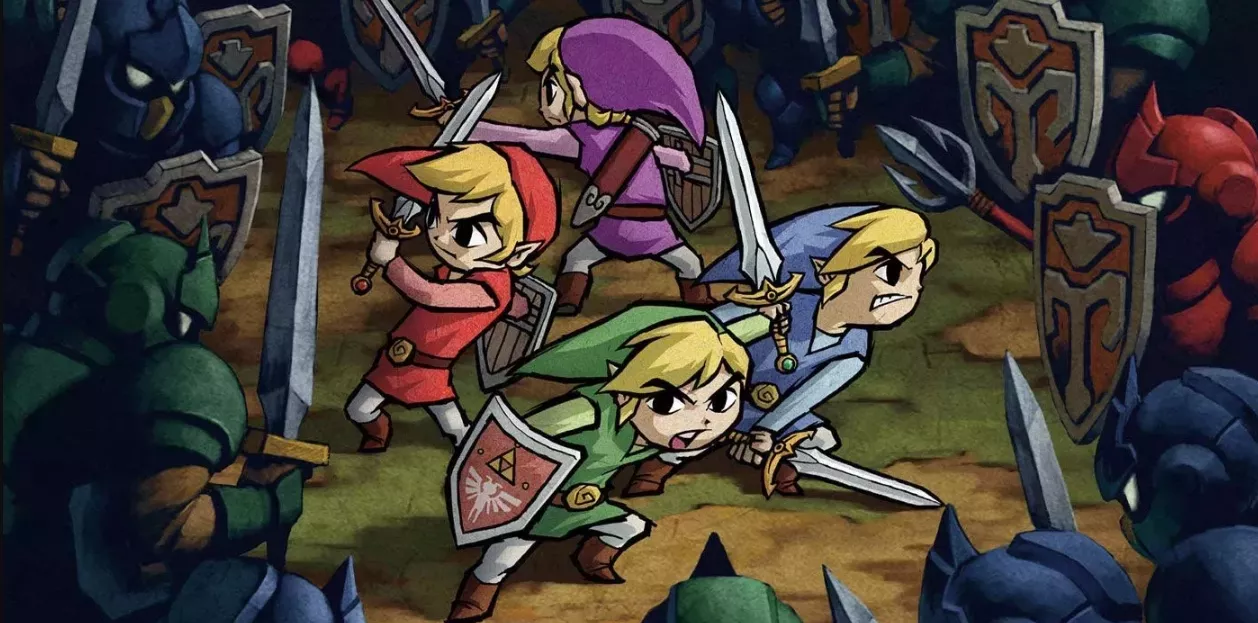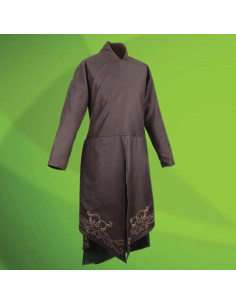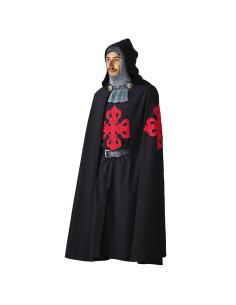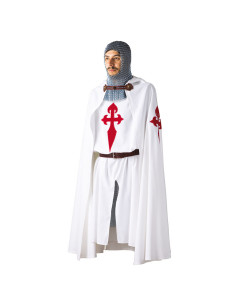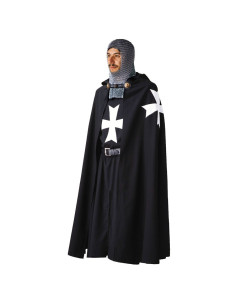Medieval tunics
$307.14
Are you looking for an authentic and unique set of armor for your LARP games? Then look no further, the Scales of Oria Armor, in black, is the perfect option for you. Inspired by the historical designs of the Castilian area, this armor is made entirely of split leather and covered in scales, including the sleeves, making it resistant and attractive....
$307.14
Are you looking for an authentic and unique set of armor for your LARP games? Then look no further, the Scales of Oria Armor, in green, is the perfect option for you. Inspired by the historical designs of the Castilian area, this armor is made entirely of split leather and covered in scales, including the sleeves, making it resistant and attractive....
$172.00
With Mythrojan's Houppelande medieval tunic, you embody the authenticity of the 14th and 15th centuries like never before! Features that make the difference: Historical Versatility: From brave knights to wealthy merchants, this late medieval tunic offers authenticity without compromising your budget. Made of quality durable wool and historic brass...
$153.53
Introducing the Jules long leather tunic in a stunning lion brown colour. This garment has been meticulously made with top quality split leather, thus ensuring its durability and resistance. The design of this tunic includes strings on the side that allow it to be adjusted to your size, giving you the comfort you need. In addition, the neck and the...
$153.53
Discover the elegance and protection offered by the Jules long leather tunic. Made with top quality split leather, in a striking dark brown color, this tunic stands out for its resistance and sophistication. The strings on the side allow you to adjust it to your size, giving you greater comfort. In addition, the neck and the central opening have a hem...
$153.53
The Jules medieval leather tunic is the perfect piece for those lovers of the medieval era who are looking for a quality and elegant product. Made with top quality split leather, this tunic has strings on the side that allow you to adjust it to your needs and offer you greater comfort. In addition, both the neck and the central opening are reinforced with...
$153.53
Discover the elegance and protection that our Jules medieval tunic offers you. Made with split leather in a striking red color, this tunic is synonymous with quality and resistance. We use top quality leathers, making sure that they are in the best conditions and without dryness or cracks. With your comfort in mind, we've added strings on the side to give...
$153.53
The Jules long medieval tunic in bottle green leather is the perfect choice for those looking for style and protection on their medieval adventures. Made with top quality split leather, this tunic stands out for its impeccable finish and exceptional resistance. To ensure maximum comfort, the Jerkin features strings on the side that allow for a custom fit....
$151.46
Discover the elegance and magic of the Dark Elven Embroidered Tunic. This incredible garment, designed by the prestigious brand Windlass Steel Crafts, will transport you to a world full of mystery and fantasy. The Dark Elven Robe is a masterpiece of craftsmanship. Its dark and enigmatic design is finished with luxurious golden details, typical of the...
$141.52
Pack of the Knights of Calatrava consisting of the cape and the tunic with the embroidered cross. Ideal for any medieval themed wedding or reenactment. Made of high quality cotton. This pack is composed of: Ref. 094970000. Calatrava tunic with embroidered cross. . See article Ref. 094630000. Calatrava cape with embroidered cross. . See article
$141.52
Pack of the Knights of Santiago composed of the cape and the tunic with the embroidered cross. Ideal for any medieval themed wedding or reenactment. Made of high quality cotton. This pack is composed of: Ref. 167980000. Knights of Santiago cape with embroidered cross. . See article Ref. 112380000. Knights of Santiago Banner, 110 x 70 cms.. . See article
$141.52
Pack of the Knights Hospitallers composed of the cape and the tunic with the embroidered cross. Ideal for any medieval themed wedding or reenactment. Made of high quality cotton. This pack is composed of: Ref. 094980000. Hospital Tunic with embroidered cross. .See article Ref. 094670000. Hospital Cape with embroidered cross. . See article

